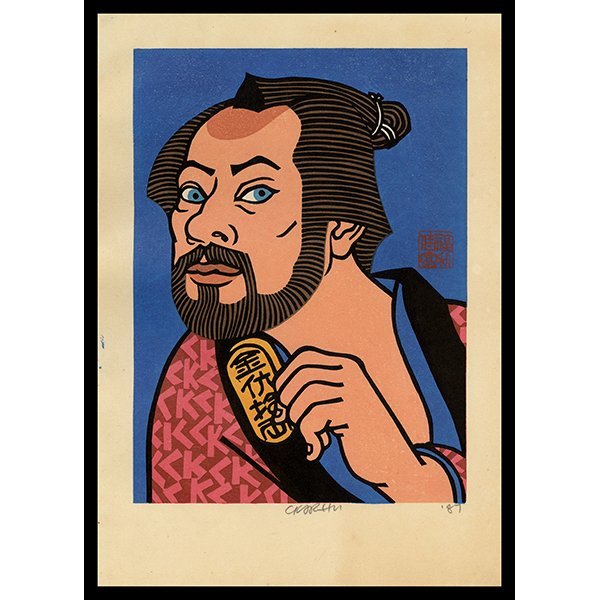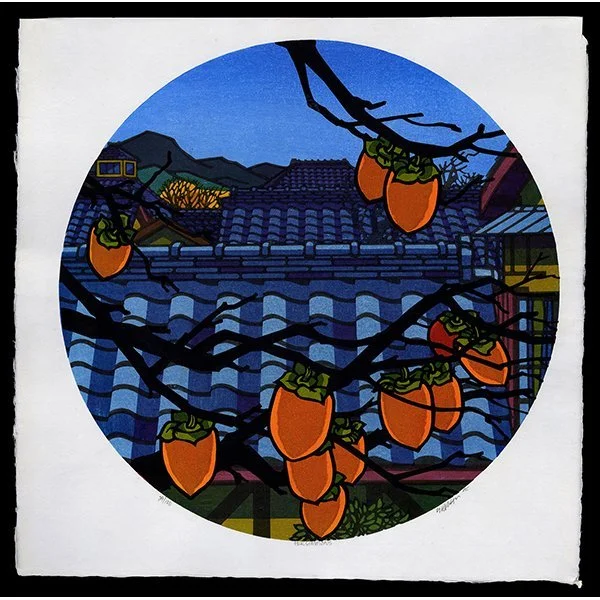<b>SPACE</b> / Clifton Karhu1969<b>SOLD</b></em>
ARTIST: Clifton Karhu (1927-2007)
TITLE: Space
EDITION: 19/450
MEDIUM: Woodblock
DATE: 1969
DIMENSIONS: 14 1/4 x 10 1/2 inches
CONDITION: Pristine—no condition problems to note
SOLD
ARTIST: Clifton Karhu (1927-2007)
TITLE: Space
EDITION: 19/450
MEDIUM: Woodblock
DATE: 1969
DIMENSIONS: 14 1/4 x 10 1/2 inches
CONDITION: Pristine—no condition problems to note
SOLD
ARTIST: Clifton Karhu (1927-2007)
TITLE: Space
EDITION: 19/450
MEDIUM: Woodblock
DATE: 1969
DIMENSIONS: 14 1/4 x 10 1/2 inches
CONDITION: Pristine—no condition problems to note
SOLD
Details
In his youth, Clifton Karhu studied with Stanton Macdonald-Wright, the American cofounder of Synchromism, an early abstract, color-based mode of painting, which was the first American avant-garde art movement to receive international attention. From his studies with Macdonald-Wright, Karhu developed a fascination with color. Like Macdonald-Wright, Karhu believed color was an active character in painting. Though Macdonald-Wright advocated for abstraction (see an example of his work below), Karhu used color in unorthodox and innovative ways to accentuate the representational subject and put it into a different context so as to free up old associations and present it fresh and in revolutionary ways.
At first glance, this semi-abstracted design seems quite uncharacteristic of Karhu, unless we consider his time of study with Macdonald-Wright. This work represents outer space, and the red circle at top may very well be our sun. The colors that seem to emanate from the sun suggest light meandering and unfolding through the visual field of this composition. The bold use of complementary colors both animate the design as well as provide it an anchor of balance in the void of space.
Connoisseur's Note
Commissioned by Continental Trailways Bus System/Holiday Inns for the commemoration of the establishment of their subsidiary in Japan, this design represents the new space age and perhaps honors the first humans to walk on the moon, a feat accomplished the very year this print was produced. If we consider Karhu’s body of work, this design may very well be his only work of abstraction. Moreover, this particular impression was never framed, and was stored in an archival box which maintained its pristine condition, thus making this work that much more desirable to Karhu collectors or fans of abstraction.






